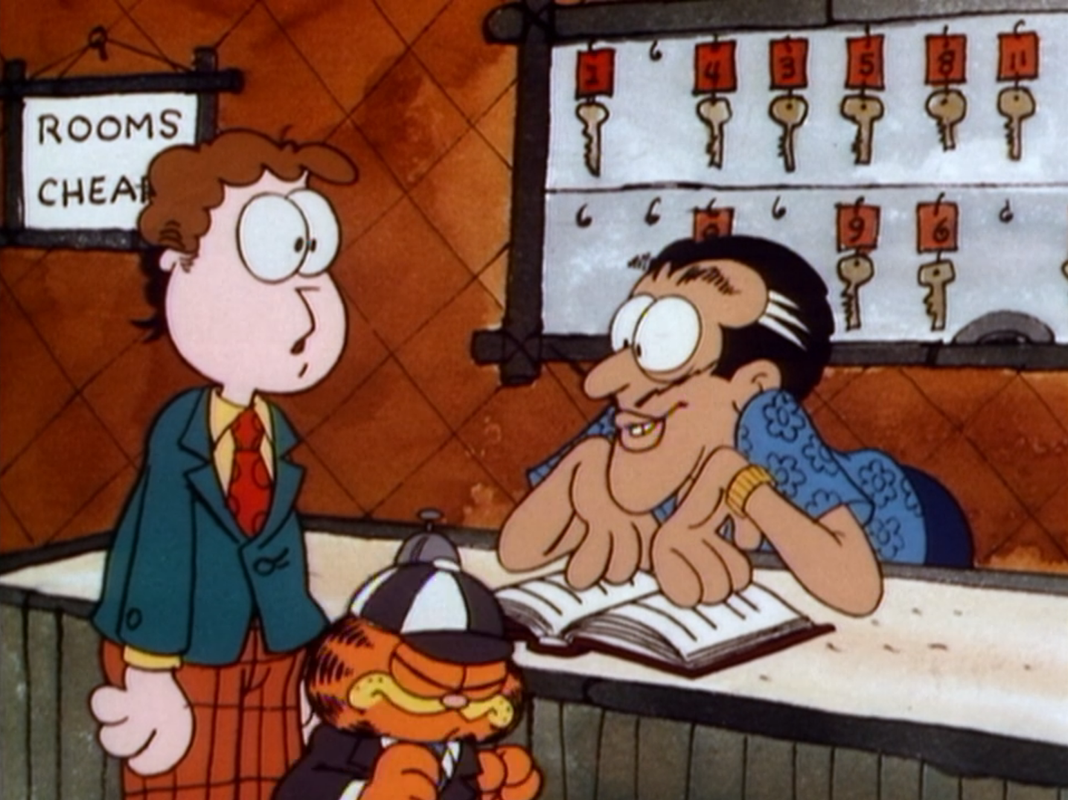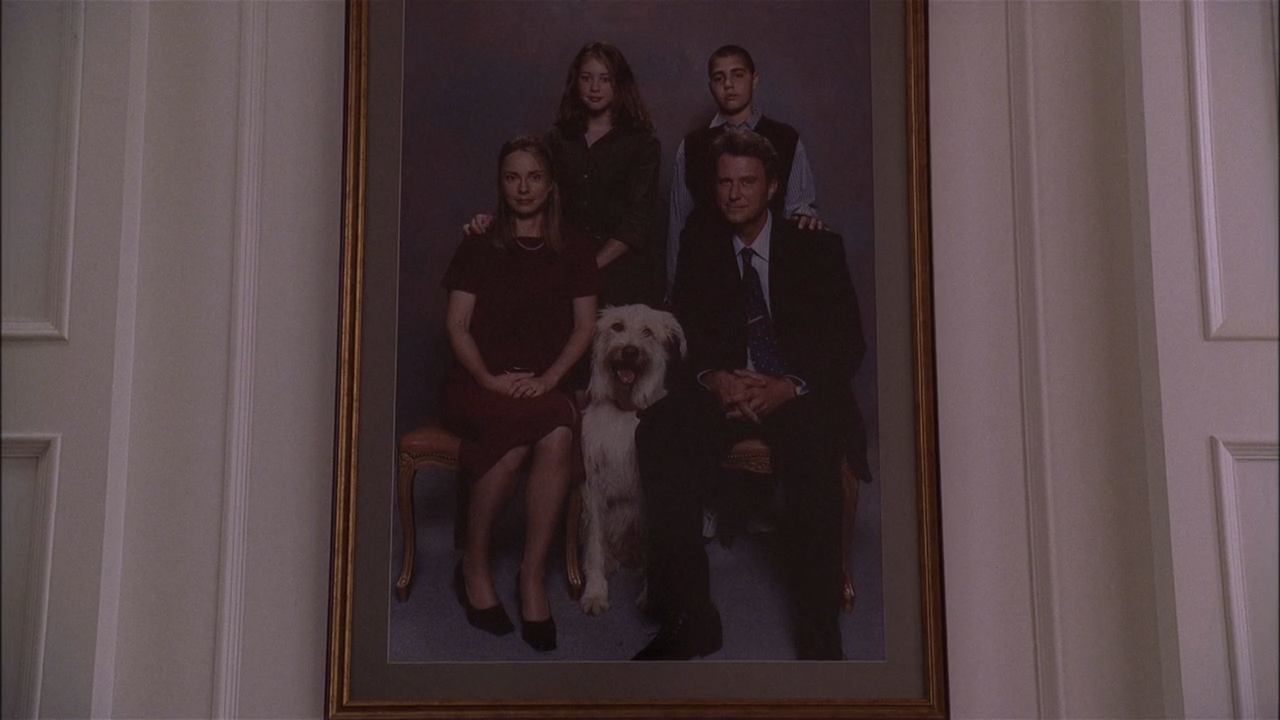It can be difficult to write about certain episodes of "The Twilight Zone" for various reasons, particularly those of the original series. Many of these episodes are already well-known or contain a major twist, which can spoil the experience for those who haven't seen them yet. While it may seem odd to worry about spoilers for something that aired in the 1960s, part of the fun of watching "The Twilight Zone" is not knowing what to expect. There are even some episodes that I wish I could experience for the first time again, which would make for an interesting plot in itself.
I'm going to break away from the traditional mold of a "Into the Twilight" post here to write about the 1960 episode "Eye of the Beholder". This is from season 2 of the series, the 6th episode. One of the episodes written by Rod Serling himself. This is a well known episode of the show and it's twist might be very well known. For this post, I'm going to keep that under wraps (that wasn't intended but it works) and do something a little different.
As most episodes of the series starts there's a scene to set the stage before we get Rod's narration. This one has a person, a woman, with a face wrapped in bandages, in a hospital bed. Then a nurse shows up to tend to her. A benefit of being in black and white is that it can use shadows and not look too off. One will notice that the they don't show much of the nurse's face, opting for shots and fun ways to hide her face. The woman in bandages doesn't know if it's night or day until she's told, she wonders when the bandages will come off, and the other typical things you'd expect from someone in this condition. The dialogue gives details that her face might be grotesque and seems to have had this problem for her entire life.
Hey! Get a room ! / Copyright Paramount
The words like "I never wanted to be beautiful. I never wanted to look like a painting. I never even wanted to be loved. I just wanted people to not scream at me when they looked at me." gives that this isn't some vanity thing, but that woman has lived in misery because of how people viewed her. What this is also doing is giving the viewer an expectation of what of she could look like under those bandages. It is playing off our, the viewers, thoughts of what could make children scream at a face and cause people to look away? It's a well done way to make the viewer think and to hook them in. When the episode reaches the conclusion and the face is reveled, the viewer is then made to think about their own perceptions of what an is a beauty standard.
The story follows the nurse as she goes to tell the doctor about the patient's condition, Then she talks to another nurse, again making sure to know show any faces of these woman and the other nurse gives a slight clue by mentioning if she had the face of the patient she'd bury herself in a grave. Also 1960's smoking.
Then finally, Rod Serling shows up to tell us her name is Janet Tyler and we are going to see her face and we shouldn't be surprised. Which I like as a line because it's playing with our perceptions, but it should also make one wonder what does he have in store for us, because why would he say that? That's kind of fun.
As I mentioned before, If there was a way to just erase knowing how an episode or anything media goes in my mind just to have the same first time experience of it, this would be an episode on that list. Though again, that'd probably make a good plot of something about how that would be bad. I do have to point out that the episode has good rewatch value when one knows the twist, you can look back at see the hints or the styling or the episode it stays entertaining and thoughtful without just being an episode that lives on its twist.
Directed by Douglas Heyes, the episode goes out of the way to hide faces, a whole theme of the episode. It gives it a detached other world feeling. It makes you wonder why aren't they being shown? The episode gives our characters a sound of sympathy, he casted people by not looking at them, just to hear their voices. It gives a sense that they care about Miss Tyler and want to help her.
There's a doctor he mentions how hard it's been trying to fix the problem. This is her 11th visit and apparently this is her last one. Not sure why 11 was the limit, but alright. There are alternatives- still keeping those under wraps. [sorry] Which is a good way to phrase these parts of the episode things are under wraps. Like there are rules that apparently say that people have to look normal.
It's a well done emotional episode too, where the viewer can sympathize with Miss Tyler. The offers that there's a space where "people of her kind" can be put together, she uses the word segregated-that's pretty much what it is. This gives an insight of what's going on and why she's there and that's not a she wants to look good, but that is some mandated thing that has to be done. It's another Rod Serling/ Twilight Zone episode about a state that wants conformity and has a strong control. (because 1960's)
More after the jump























